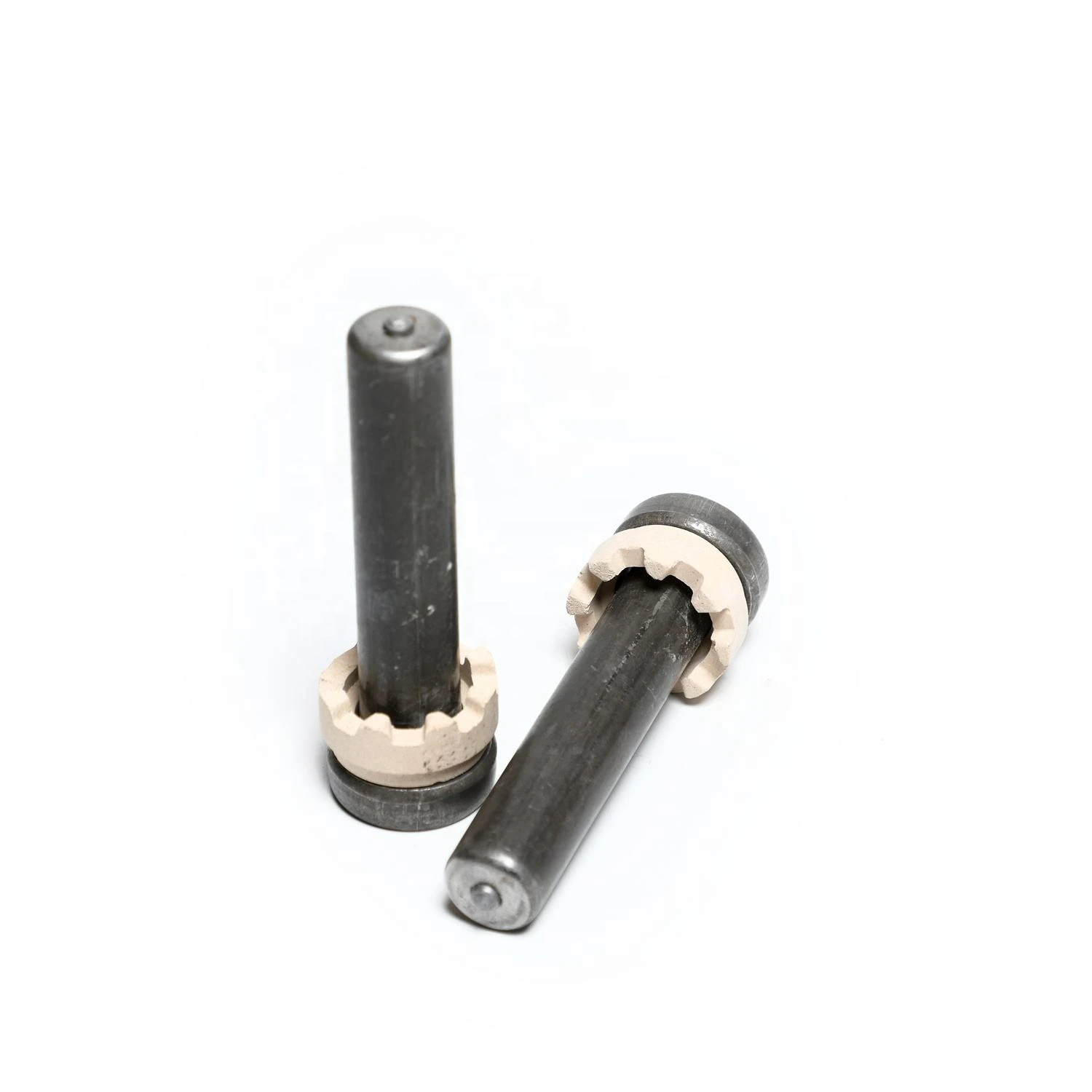

welding stud
Dec . 12, 2024 10:01 Back to list
welding stud
The Importance of Welding Studs in Modern Engineering
Welding studs are an essential component in various industries, serving as a durable and reliable method of fastening materials together. These small yet significant pieces have gained popularity for their effectiveness in both structural integrity and manufacturing processes. Understanding the functionality and applications of welding studs is crucial for engineers, manufacturers, and builders alike.
What are Welding Studs?
Welding studs are cylindrical metal fasteners that are attached to a workpiece using a welding process. They typically feature a threaded or unthreaded shaft that serves various purposes, such as securing components or facilitating connections. The welding process can involve different techniques, including arc welding or stud welding, providing versatility in how they are implemented in various projects.
Applications Across Industries
Welding studs find applications in several fields, including construction, automotive, aerospace, and manufacturing. In construction, they are used to anchor structural components, providing additional strength and stability to buildings and bridges. The automotive industry utilizes welding studs for assembling car frames, ensuring the structural integrity of vehicles under various stress conditions.
In aerospace, welding studs are critical in securing components that experience extreme conditions. The ability to withstand high levels of heat and pressure makes them ideal for aircraft manufacturing, where safety is paramount. Additionally, manufacturers often use welding studs in heavy equipment assembly, where reliable fastening is crucial for operational efficiency.
Advantages of Welding Studs
welding stud

One of the primary advantages of welding studs is their ability to create permanent connections. Unlike traditional mechanical fasteners that can loosen over time, welding studs provide a strong bond that is durable and resistant to vibration and movement. This makes them ideal for applications where reliability is essential.
Moreover, the welding process significantly reduces the need for additional hardware, simplifying the assembly process and decreasing overall production costs. With fewer components to handle, manufacturers can achieve greater efficiency, streamline production times, and reduce the risk of assembly errors.
Welding studs also offer a high degree of versatility. They can be manufactured in various sizes, materials, and configurations to suit specific project requirements. Whether it’s stainless steel for corrosion resistance or alloy materials for enhanced strength, customization allows for optimal performance in diverse applications.
Installation Process
The installation of welding studs is relatively straightforward, requiring specialized equipment and training to ensure proper technique and safety. The stud is placed against the workpiece, and an electric arc is used to create a molten pool of metal that fuses the stud to the surface. This process can be completed quickly, allowing for high throughput in manufacturing environments.
It’s important to conduct thorough surface preparation before installation to ensure the best possible bond. Cleaning the area of any contaminants, such as rust, oil, or dirt, can significantly improve the quality and strength of the weld. Additionally, following correct welding procedures and using properly calibrated equipment is essential to achieving consistent and reliable results.
Conclusion
In summary, welding studs are an integral part of modern engineering and manufacturing. Their strength, versatility, and efficiency make them indispensable in various industries, from construction to aerospace. As technology continues to advance, the methods of stud welding and the materials used will likely evolve, further enhancing their application and effectiveness. Understanding the importance of welding studs is crucial for professionals in the field, as they contribute significantly to the durability and safety of structures and machines we rely on every day. Whether developing a new product or reinforcing existing structures, welding studs will remain a vital component in the engineering toolkit.
Latest news
-
High-Strength Hot Dip Galvanized Bolts - Hebei Longze | Corrosion Resistance, Customization
NewsJul.30,2025
-
Hot Dip Galvanized Bolts-Hebei Longze|Corrosion Resistance&High Strength
NewsJul.30,2025
-
High-Strength Hot-Dip Galvanized Bolts-Hebei Longze|Corrosion Resistance&High Strength
NewsJul.30,2025
-
Hot Dip Galvanized Bolts-Hebei Longze|Corrosion Resistance&High Strength
NewsJul.30,2025
-
Hot Dip Galvanized Bolts - Hebei Longze | Corrosion Resistance, High Strength
NewsJul.30,2025
-
High-Strength Hot Dip Galvanized Bolts-Hebei Longze|Corrosion Resistance, Grade 8.8
NewsJul.30,2025

